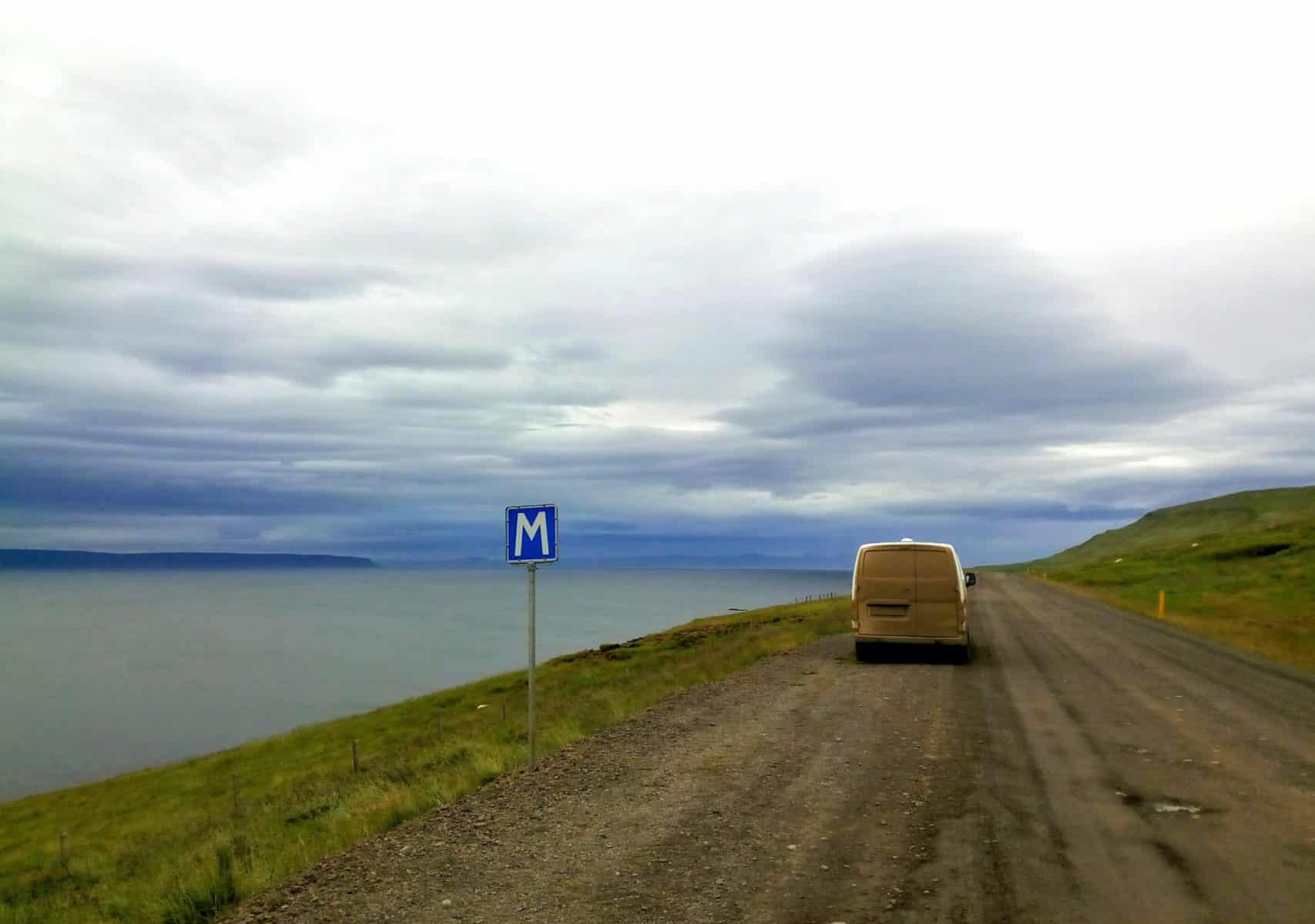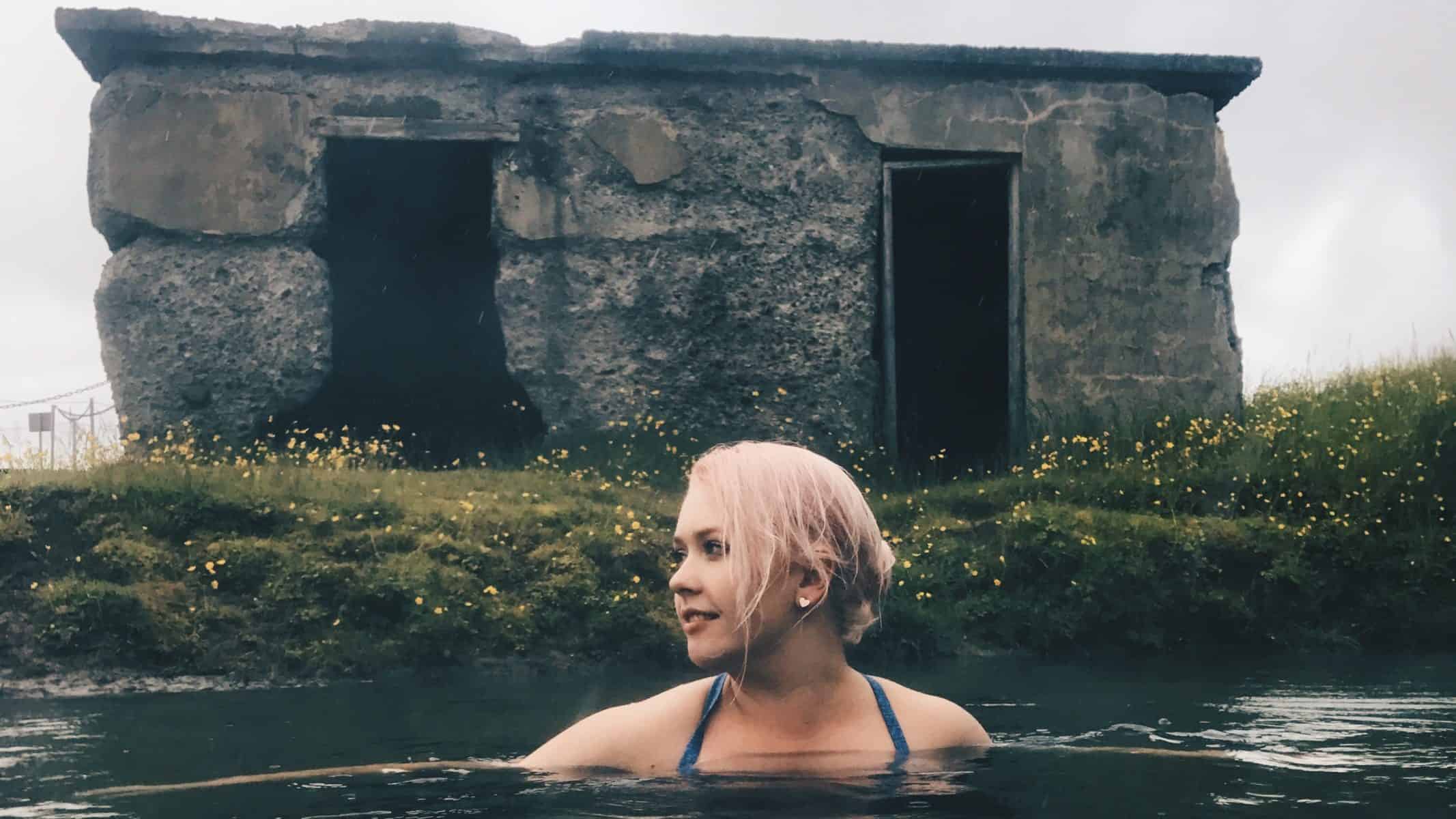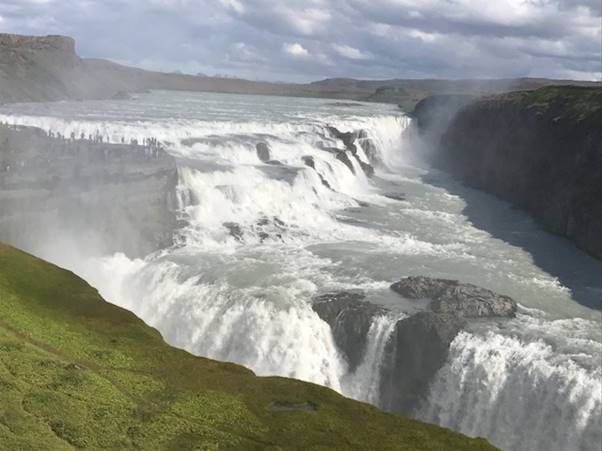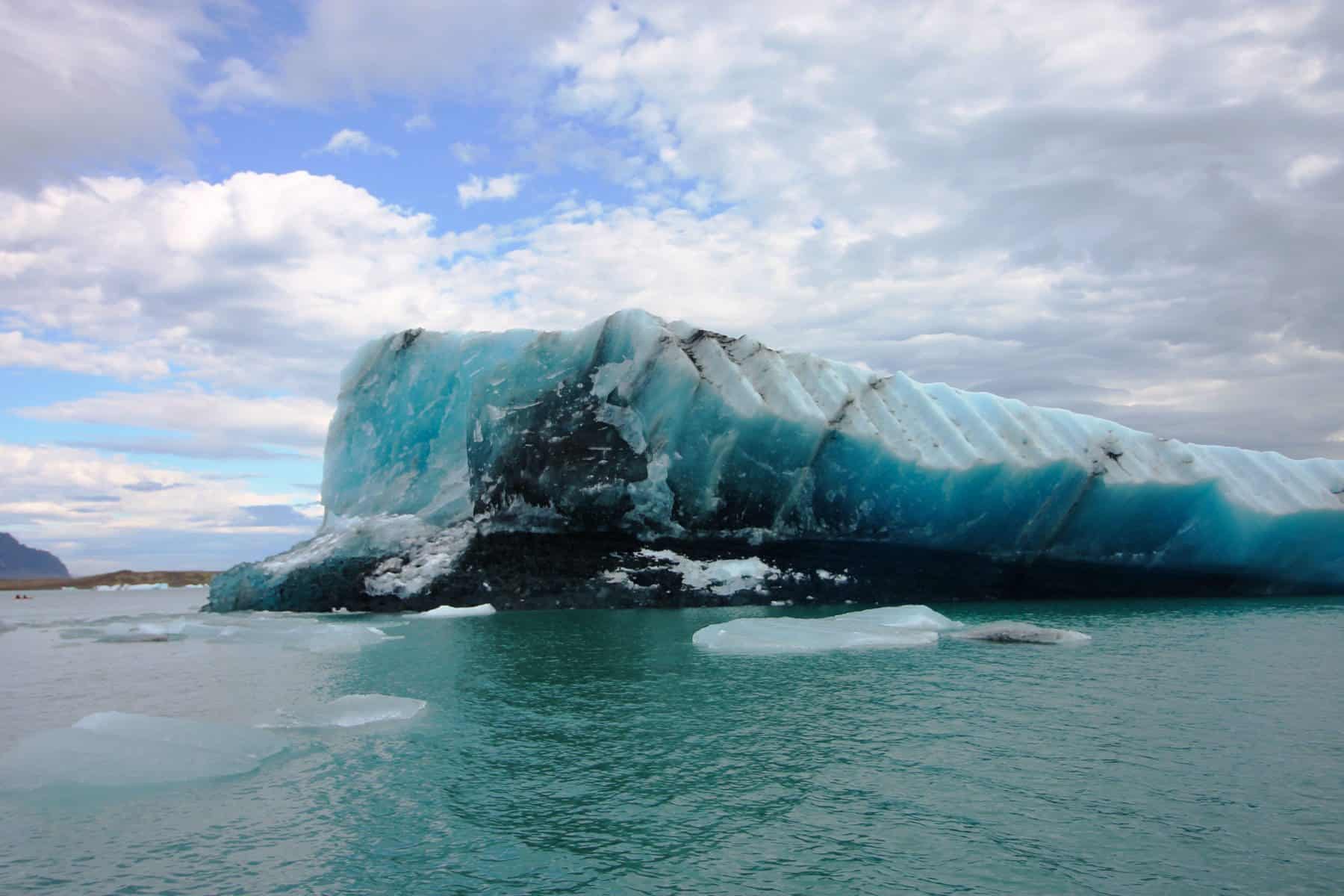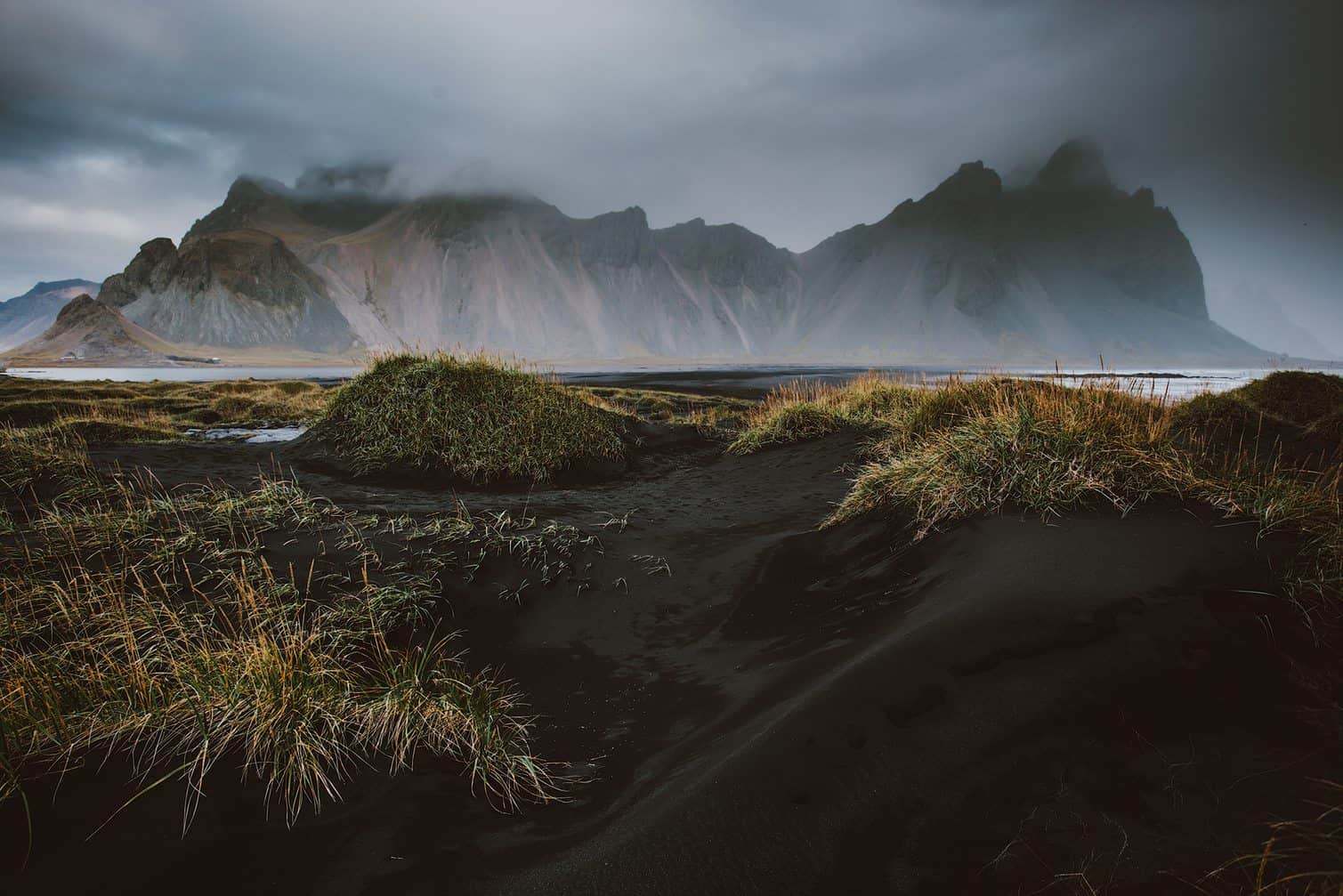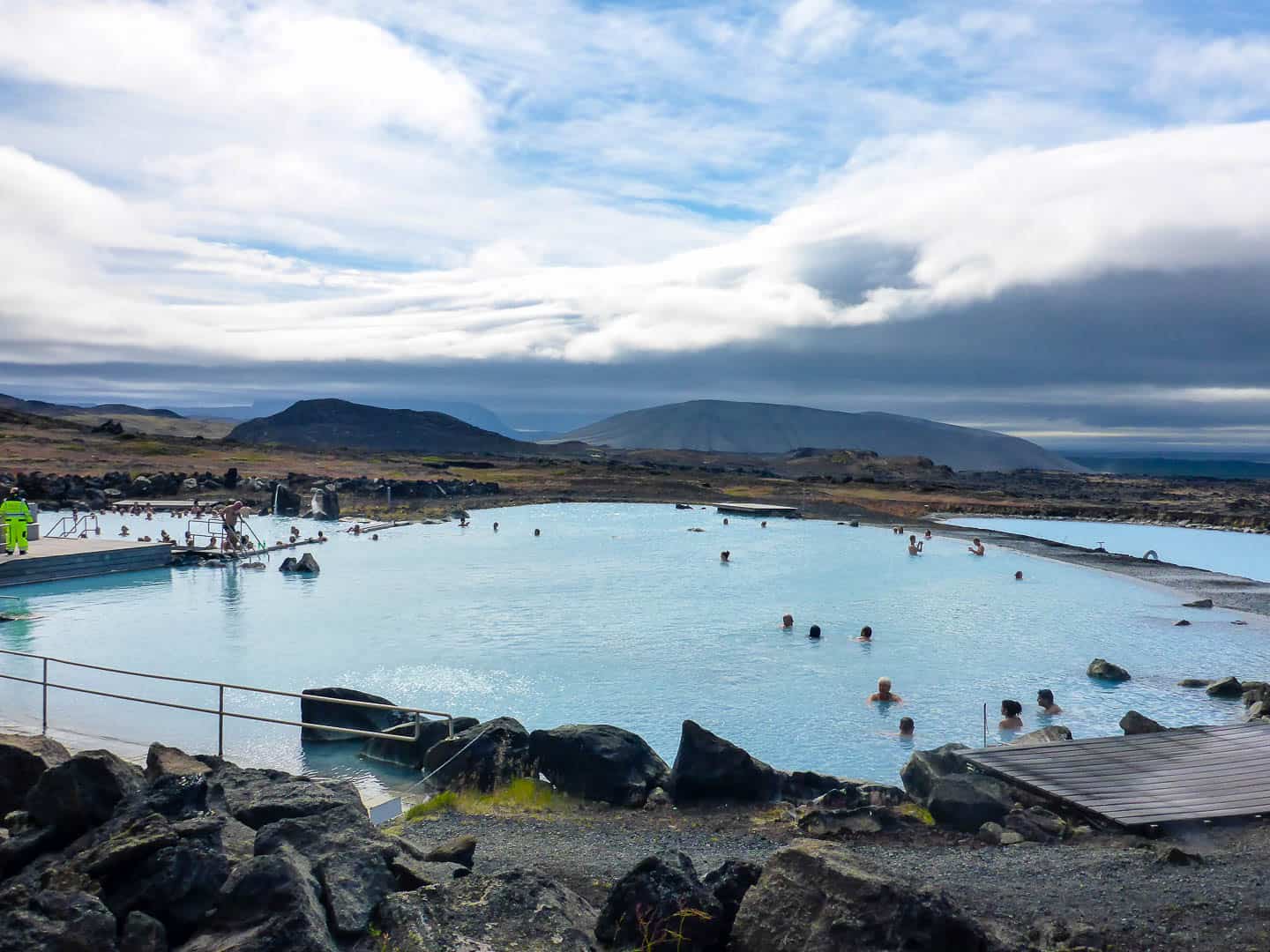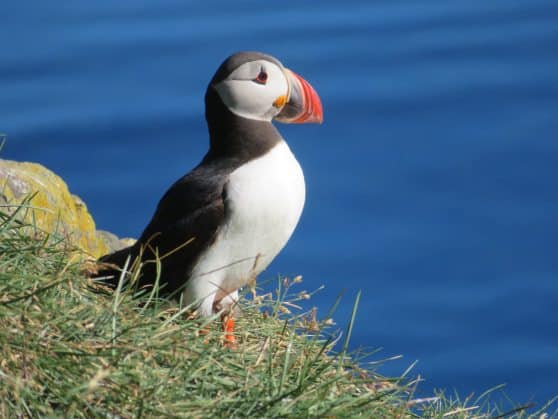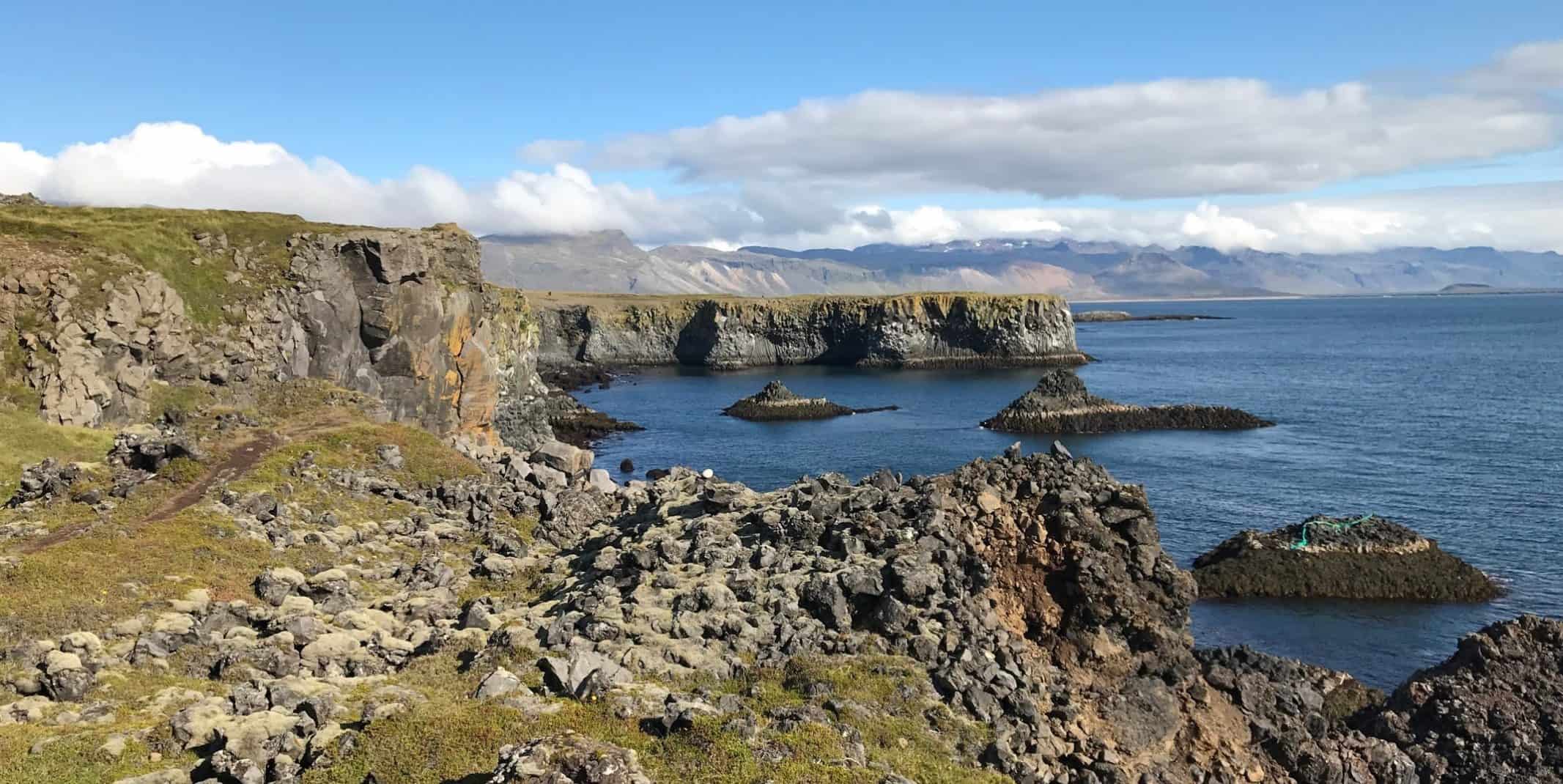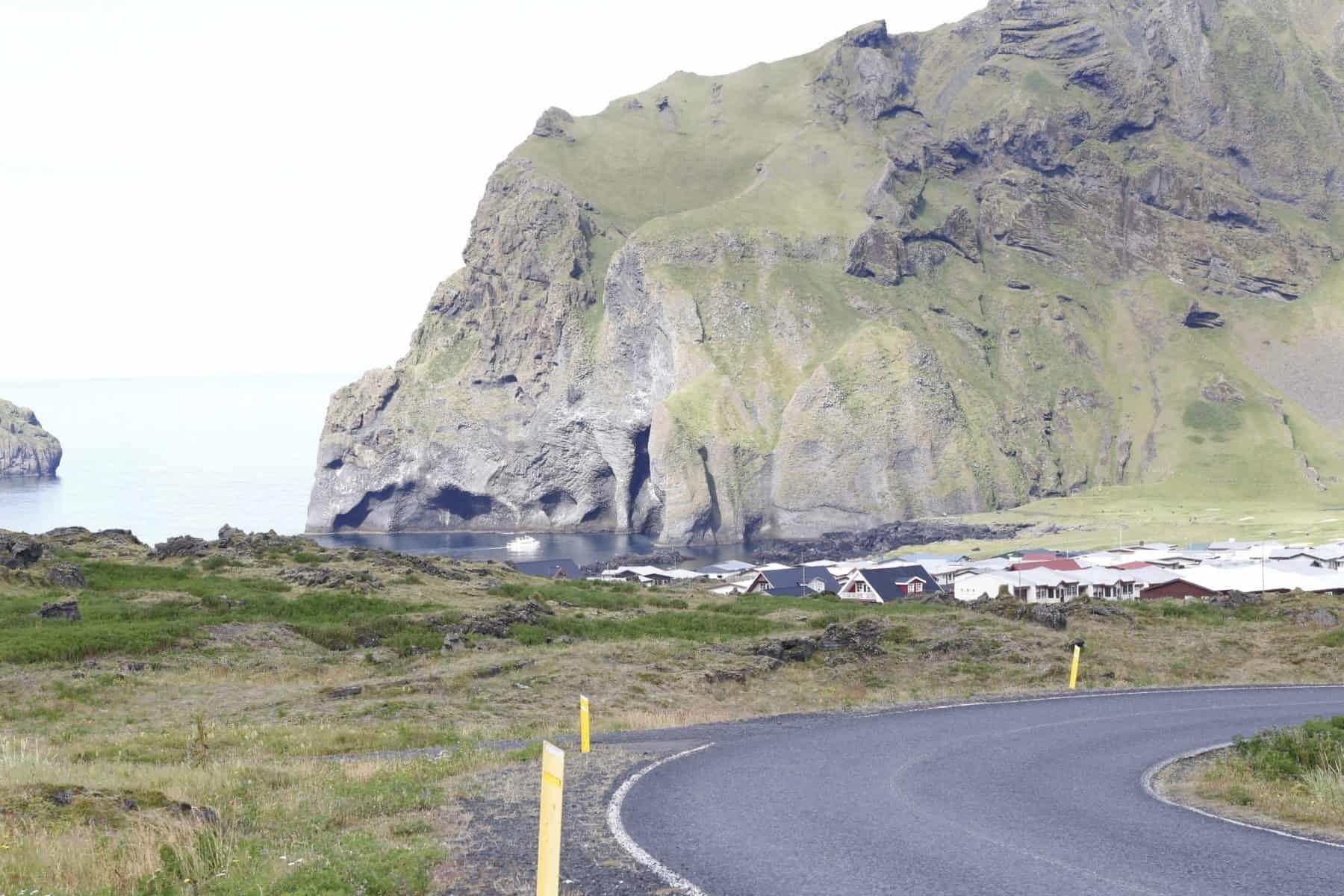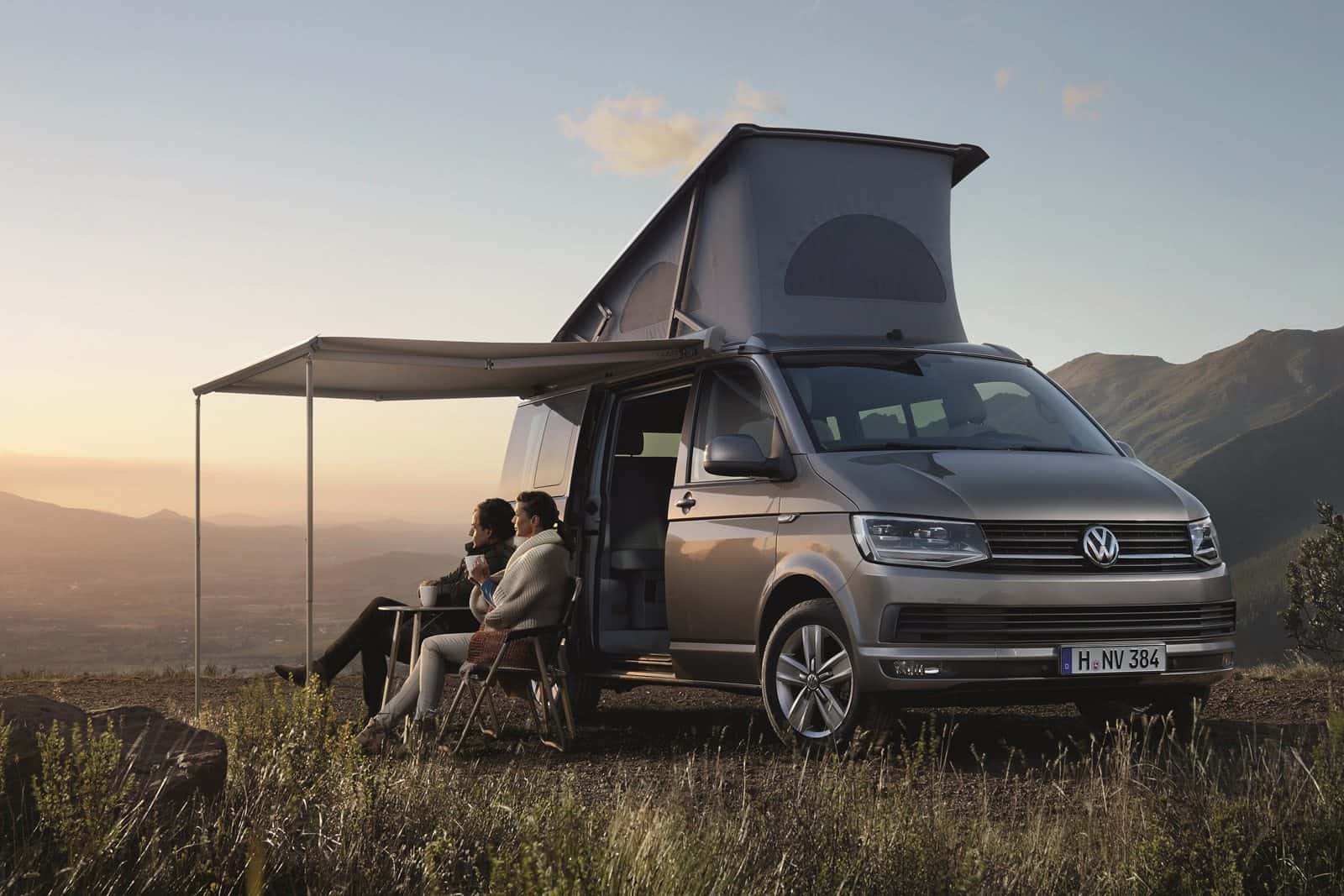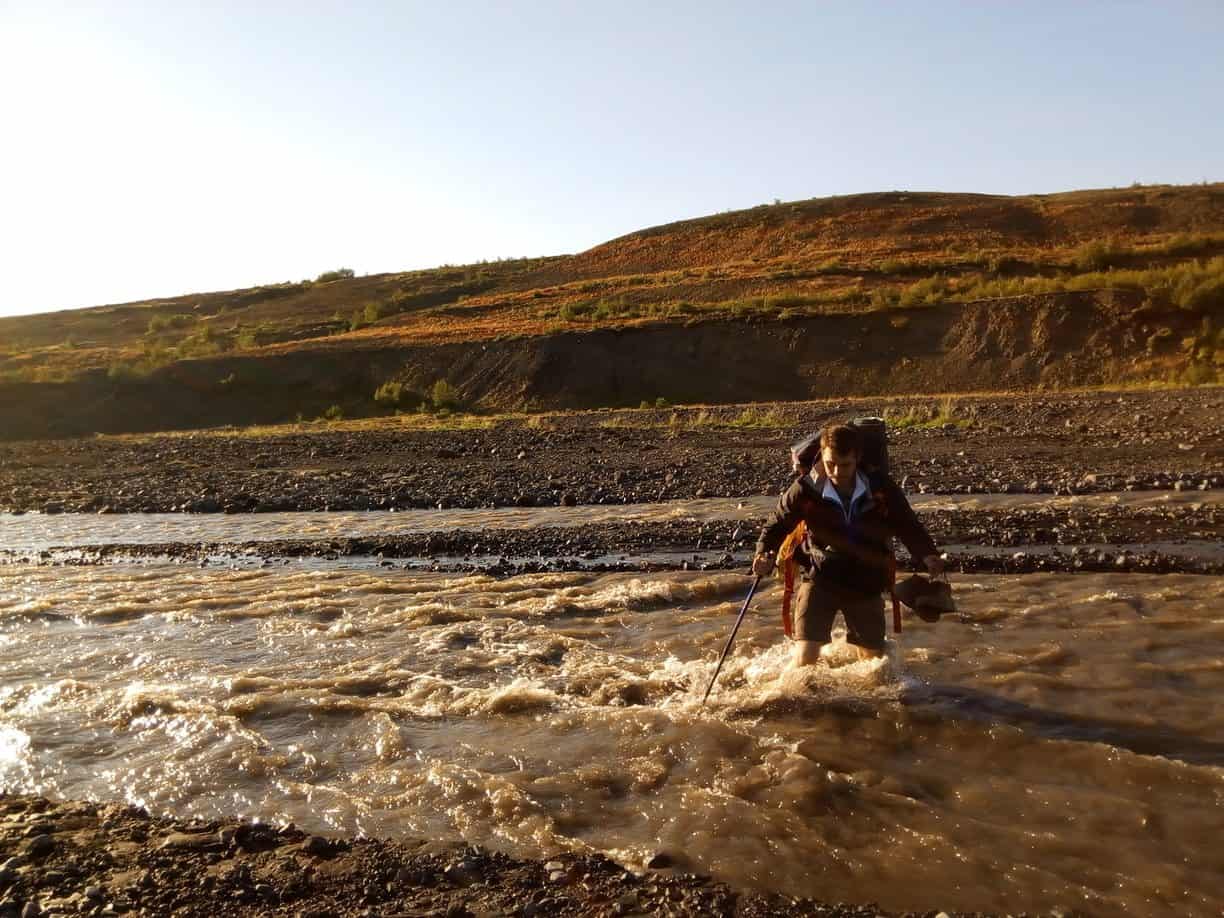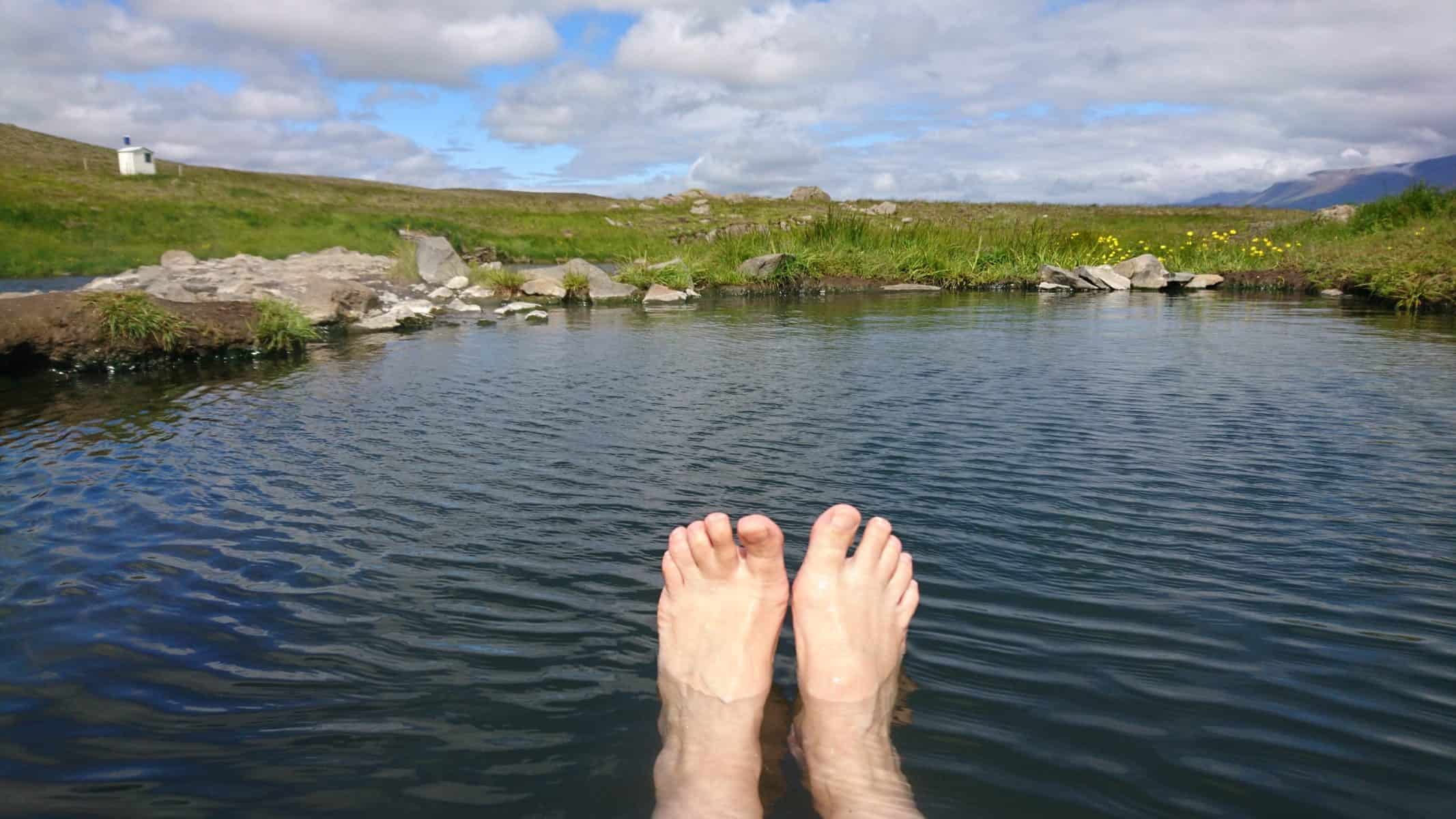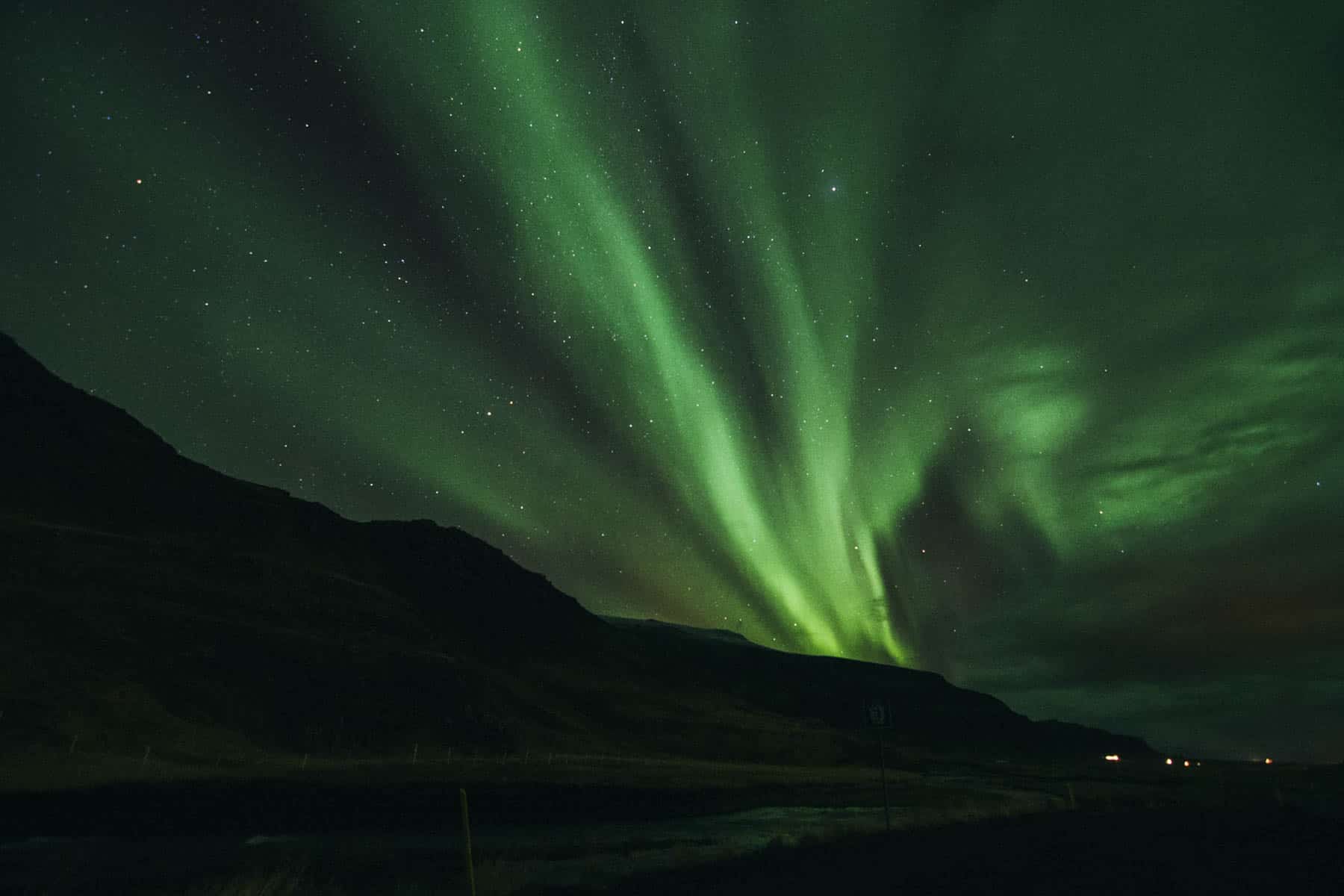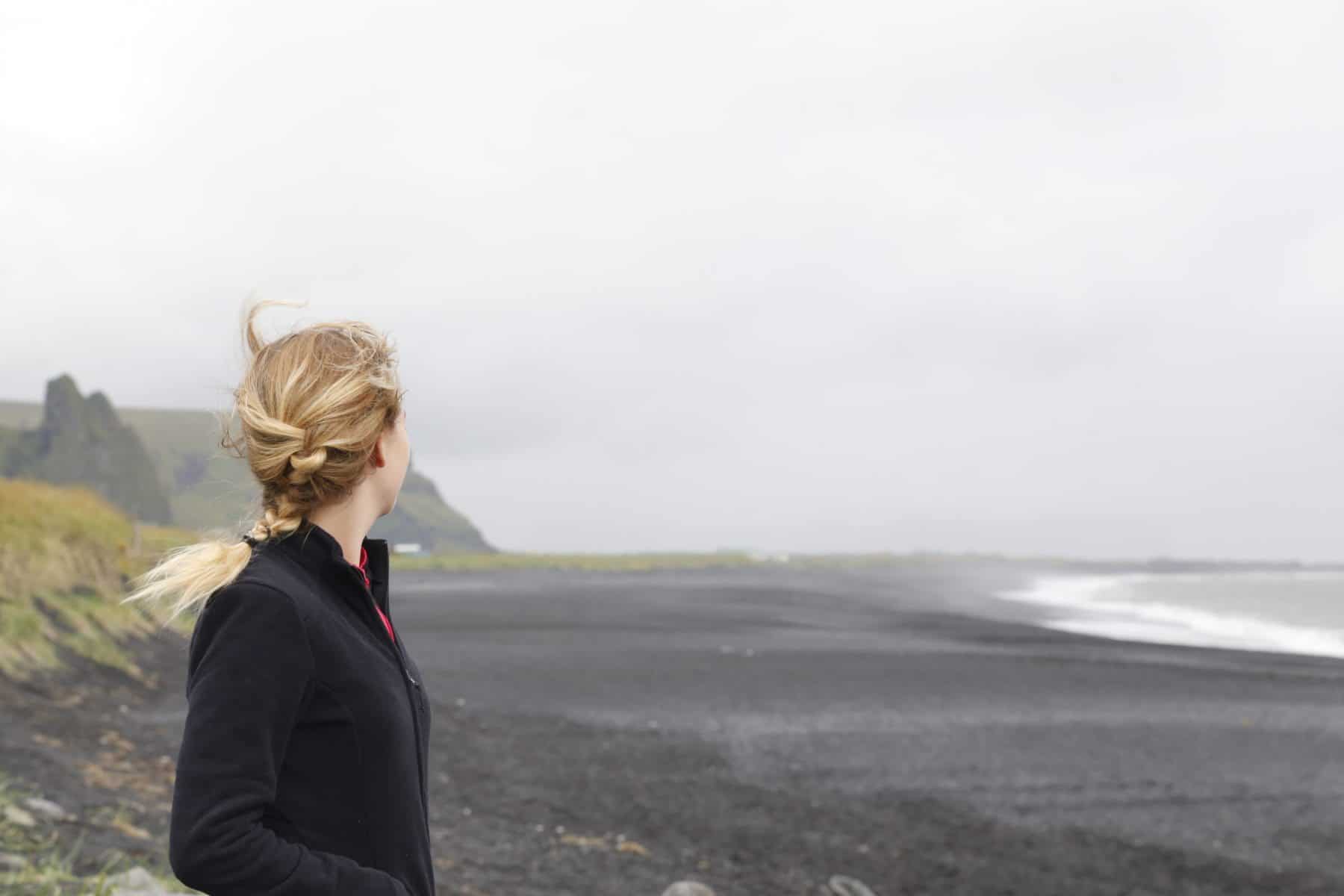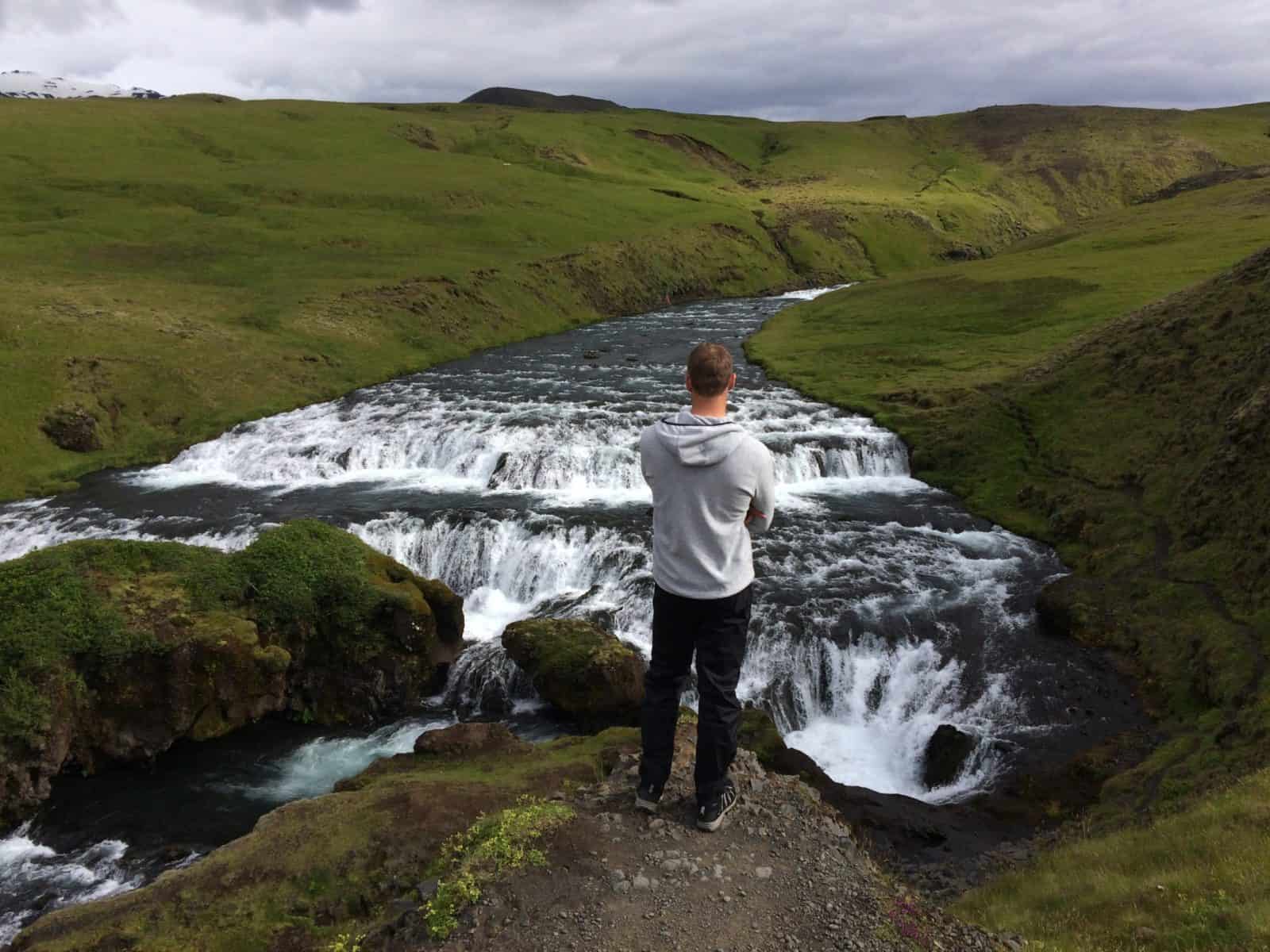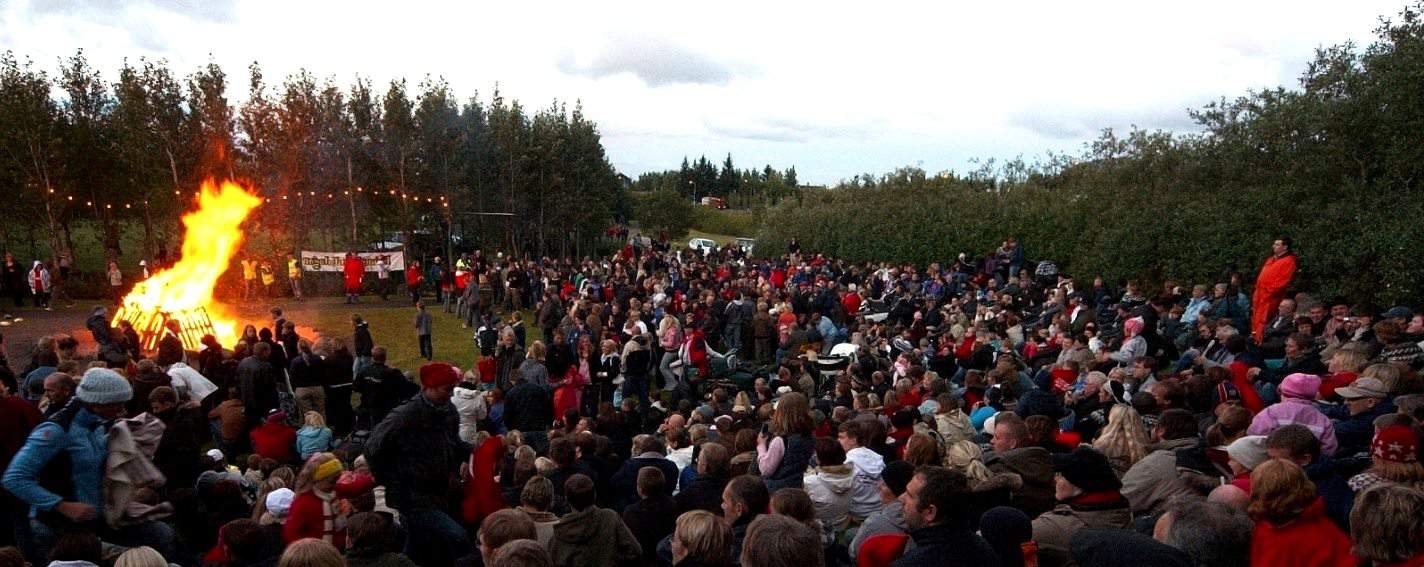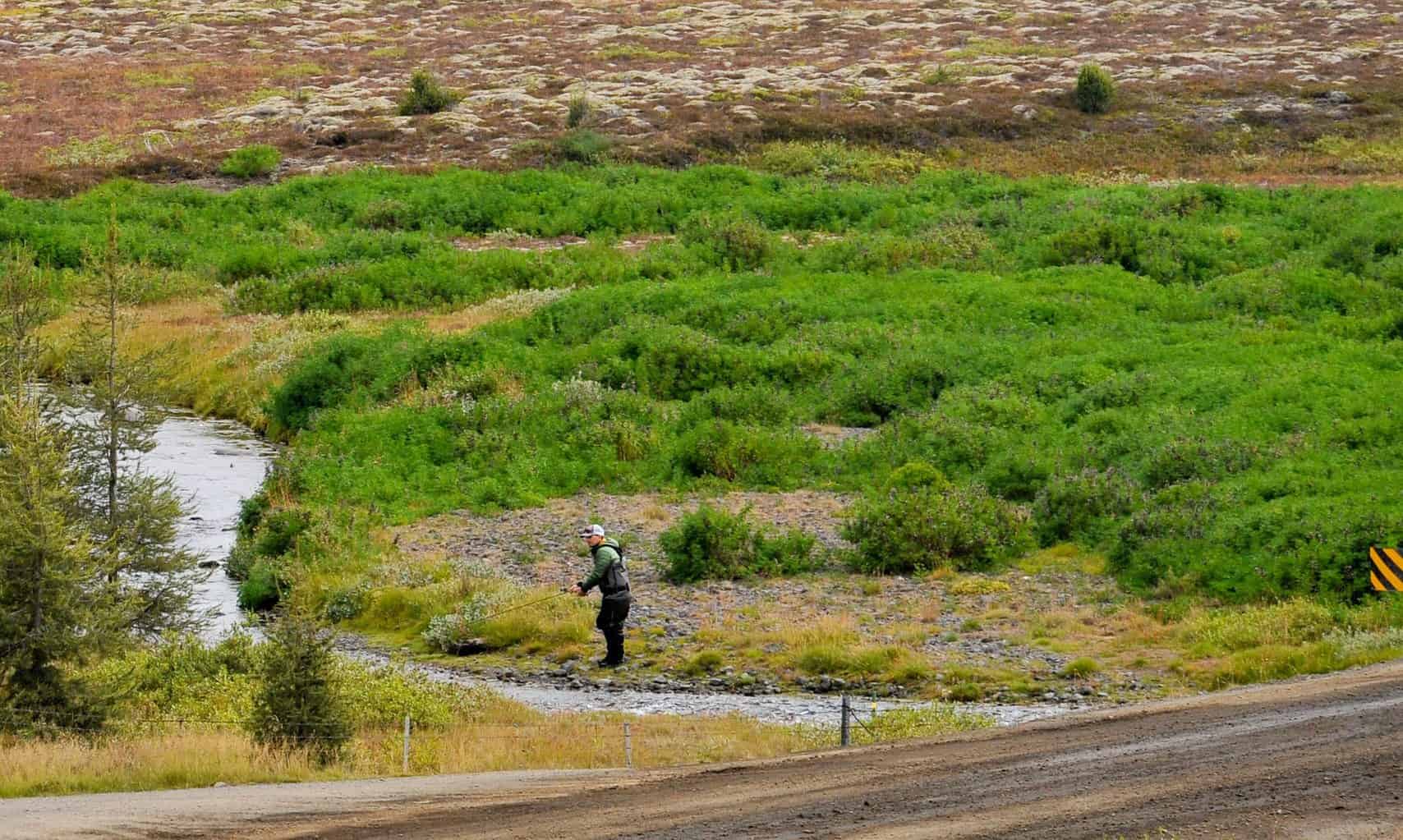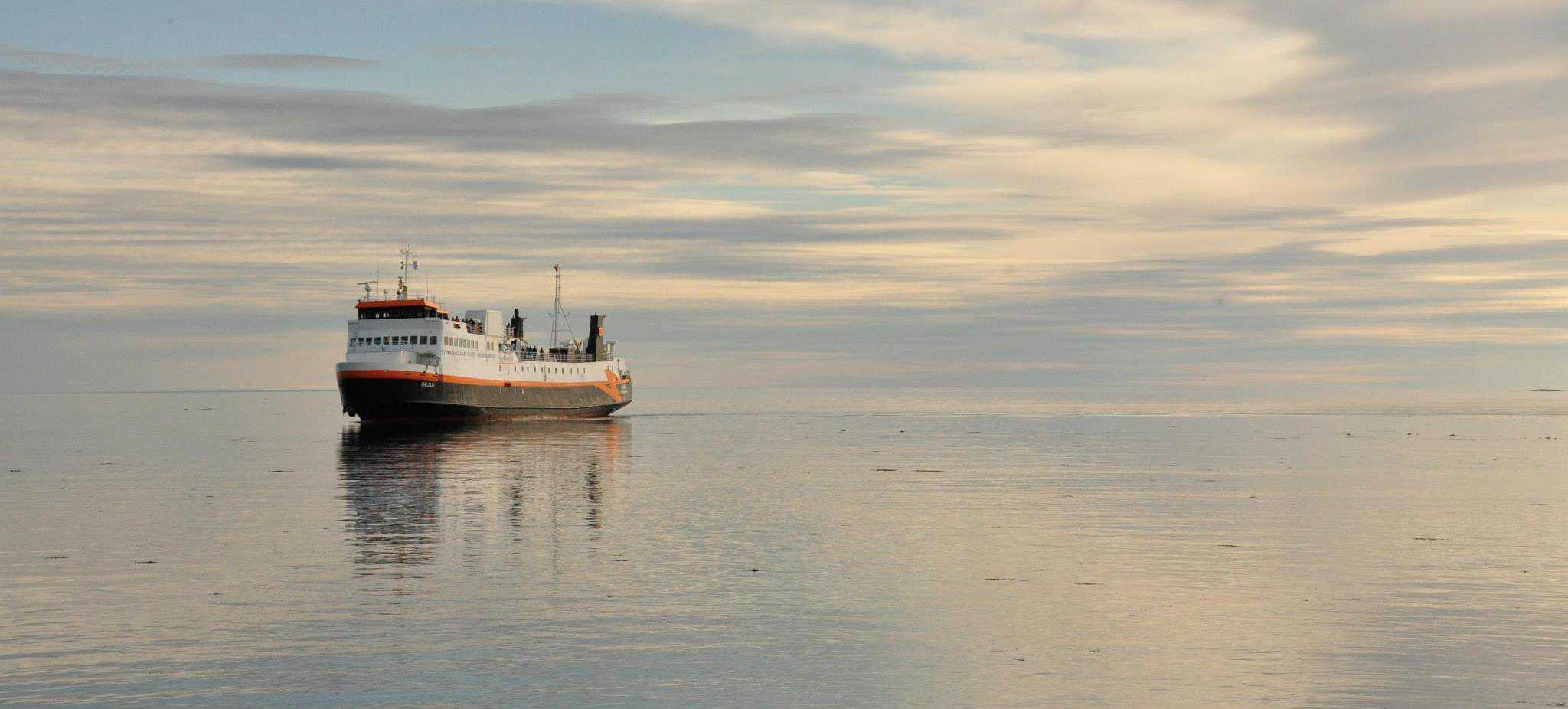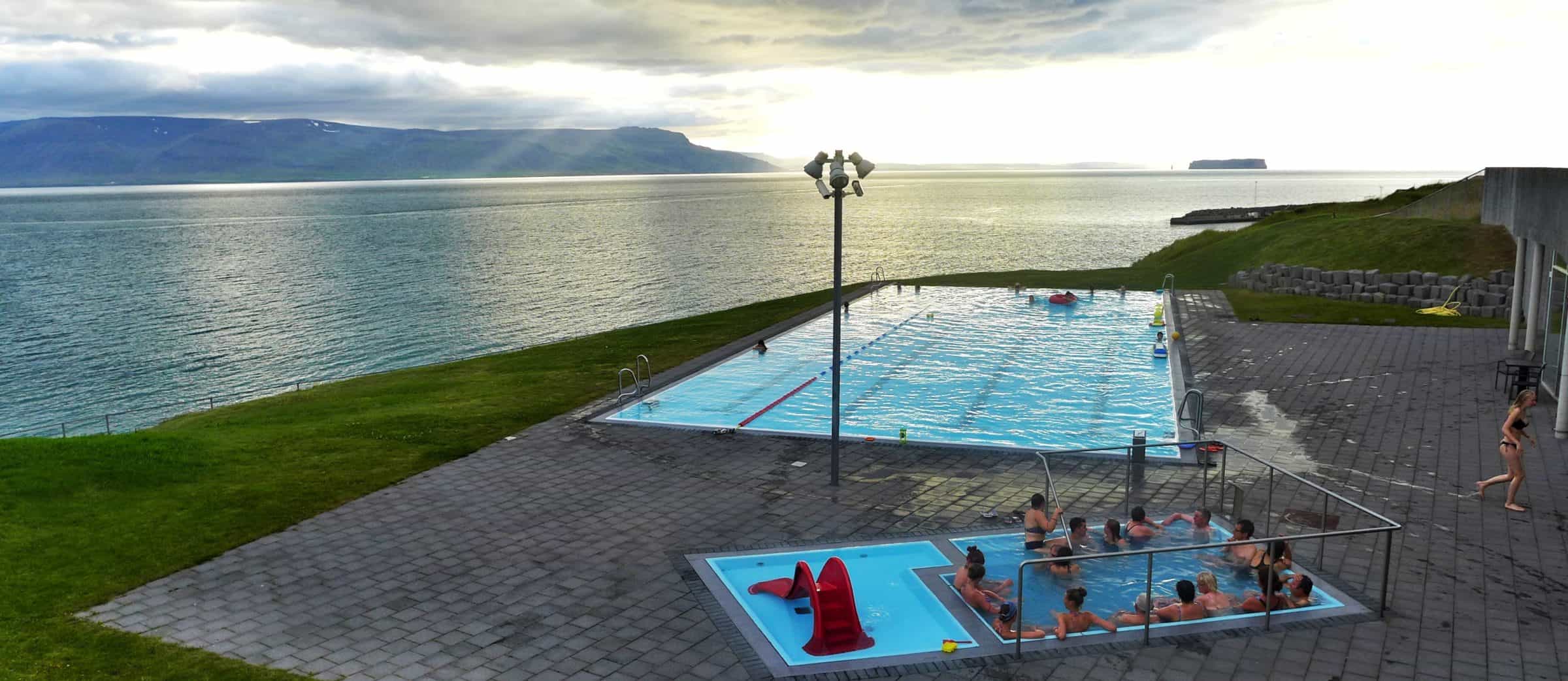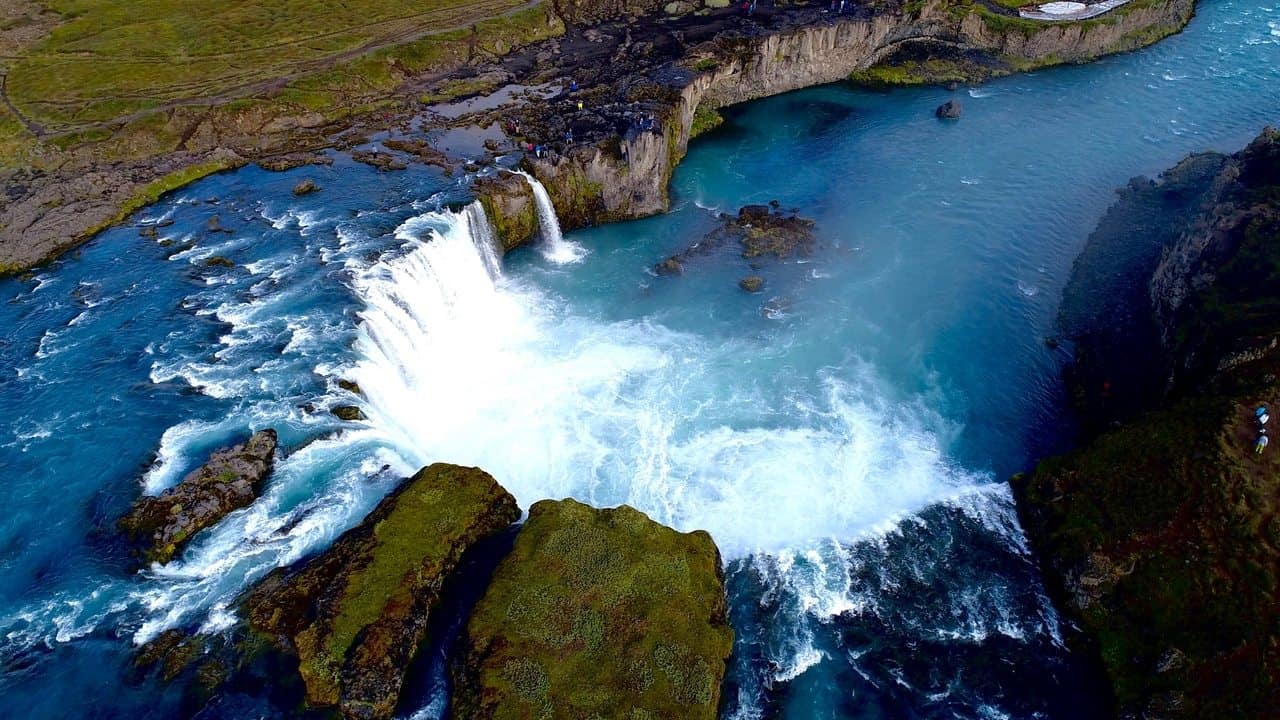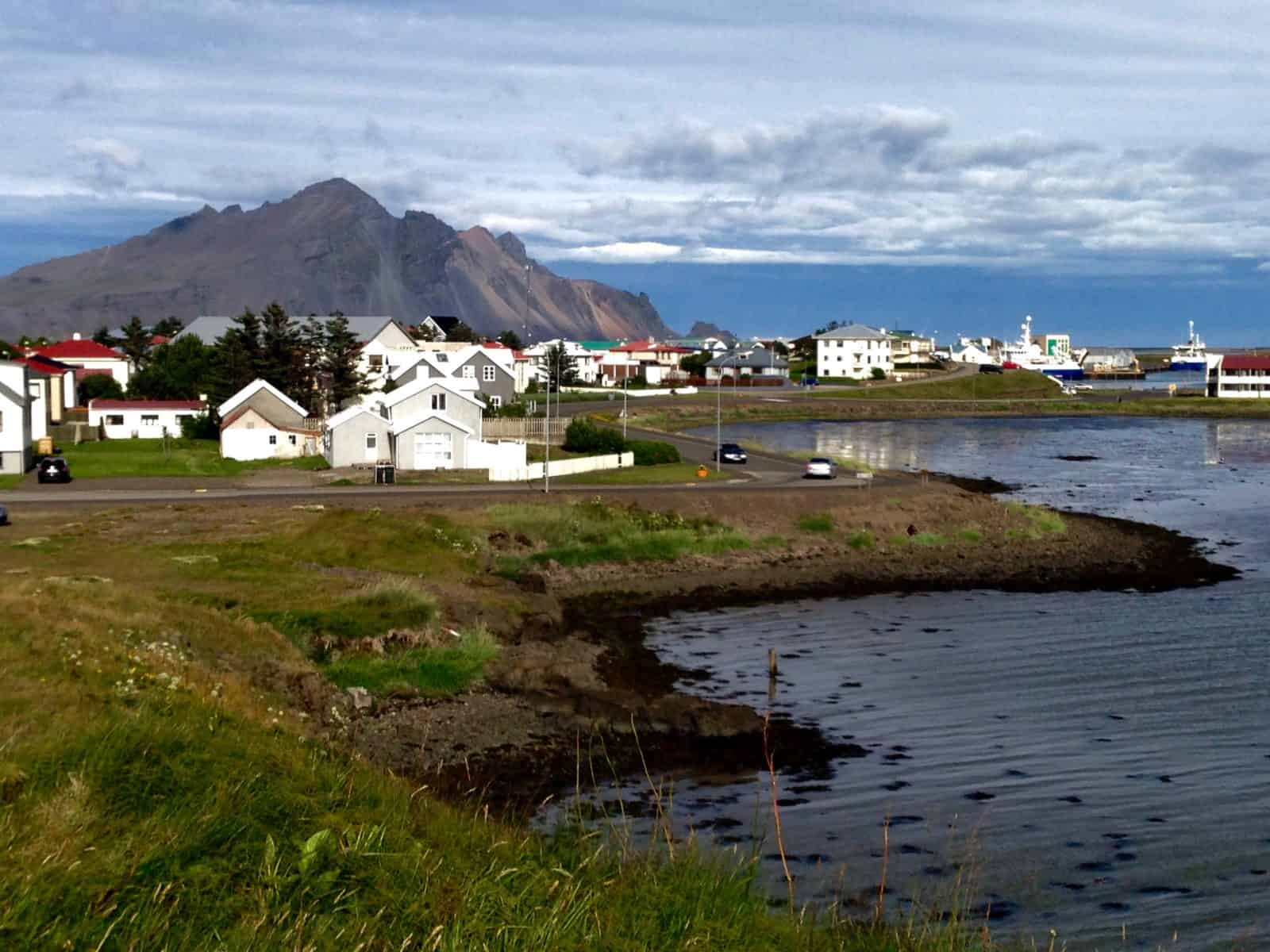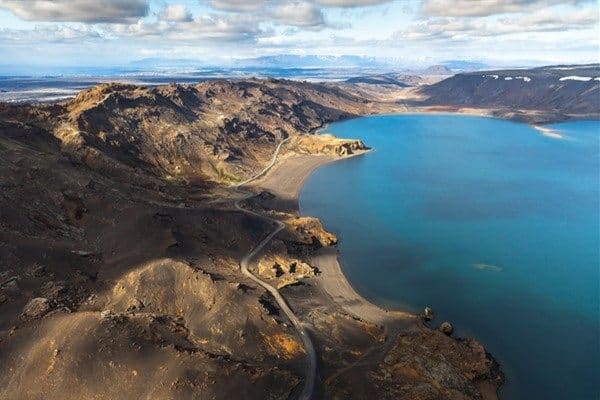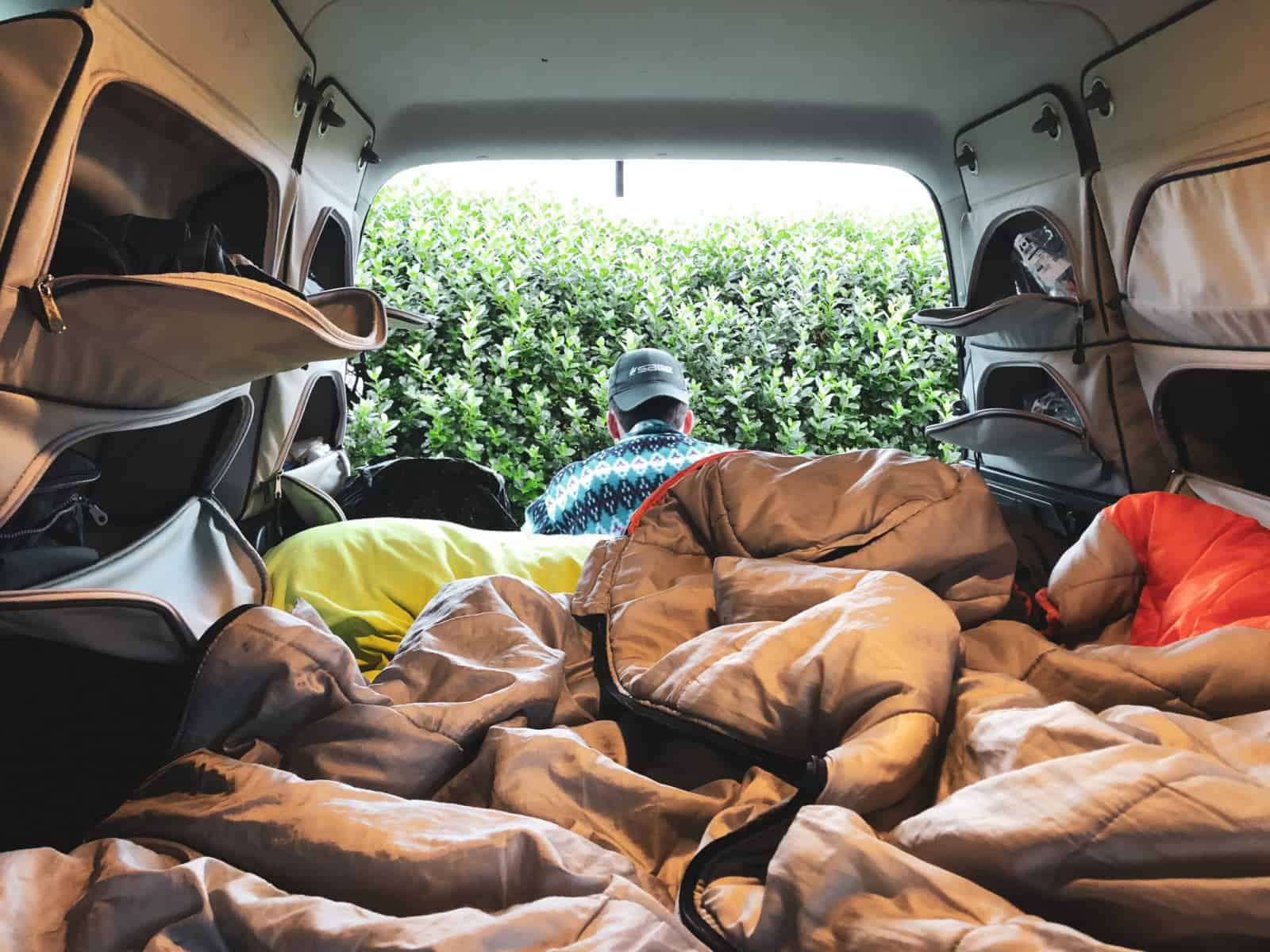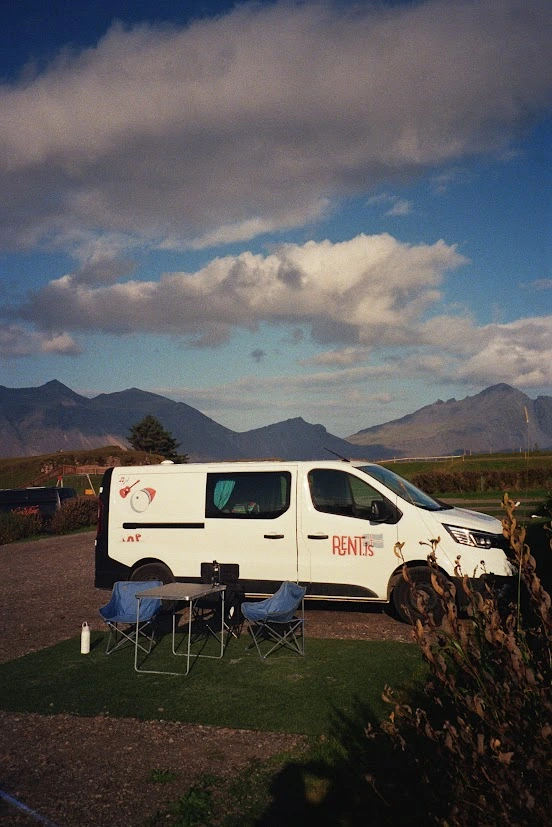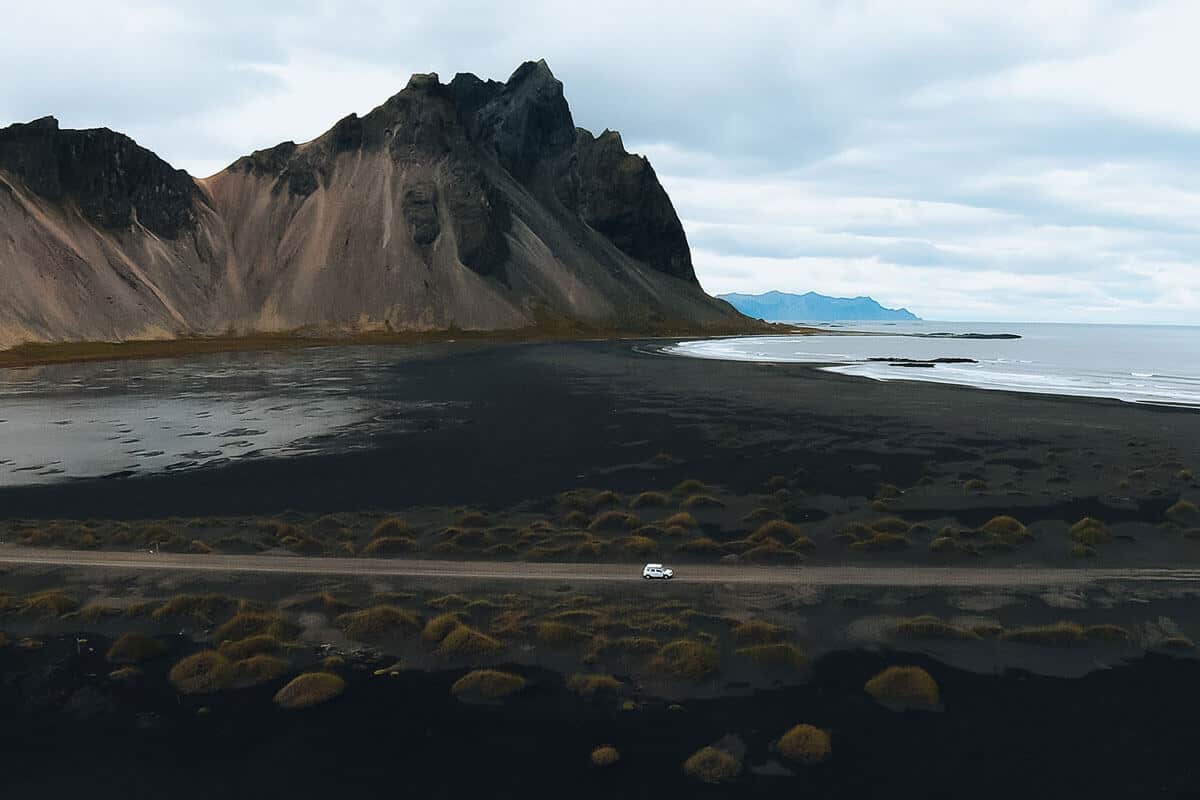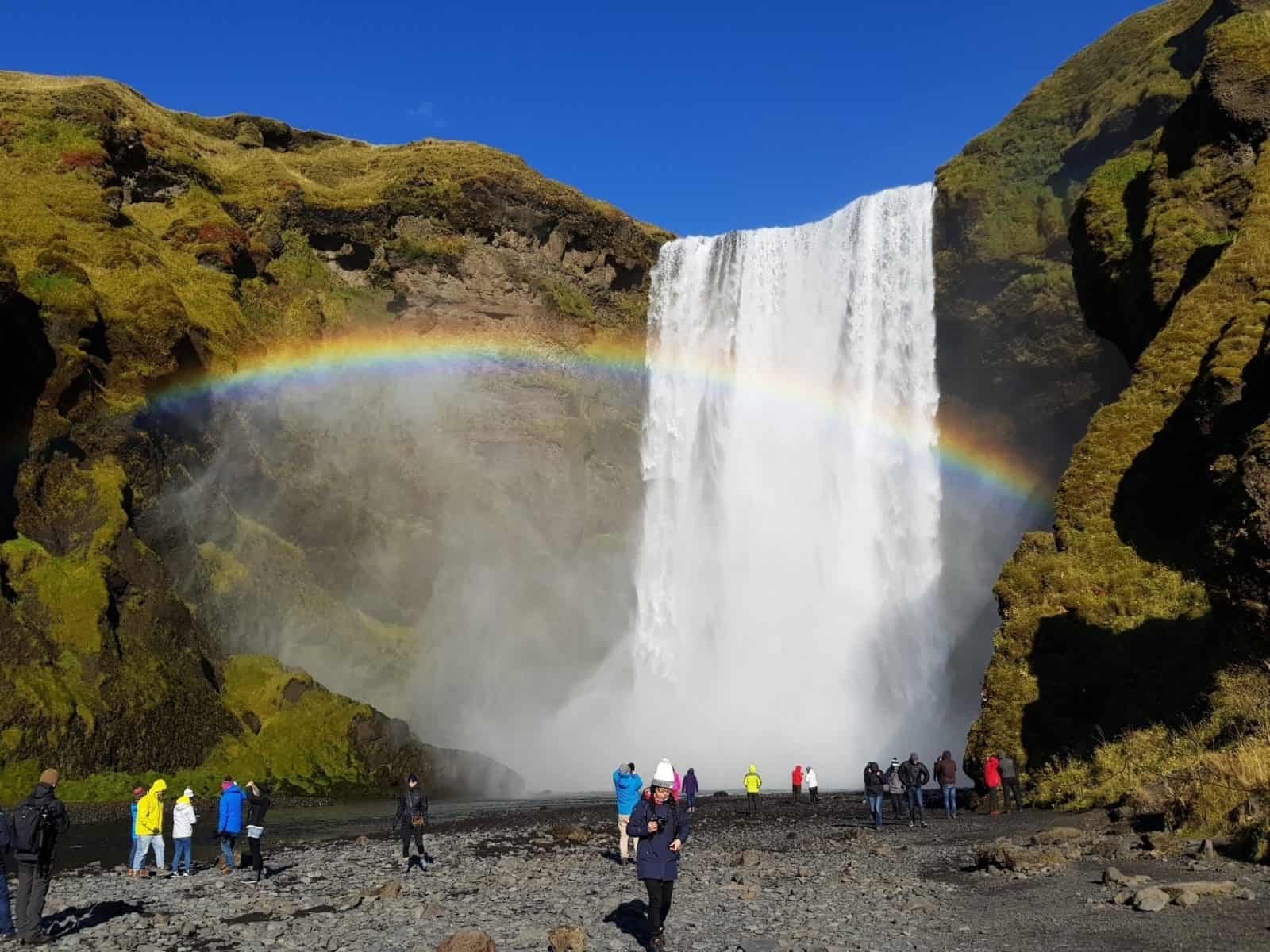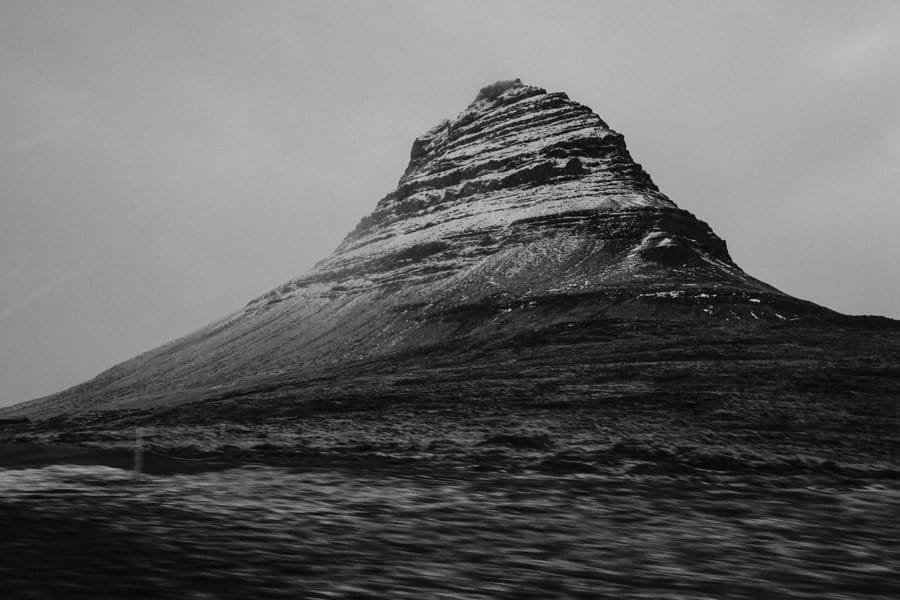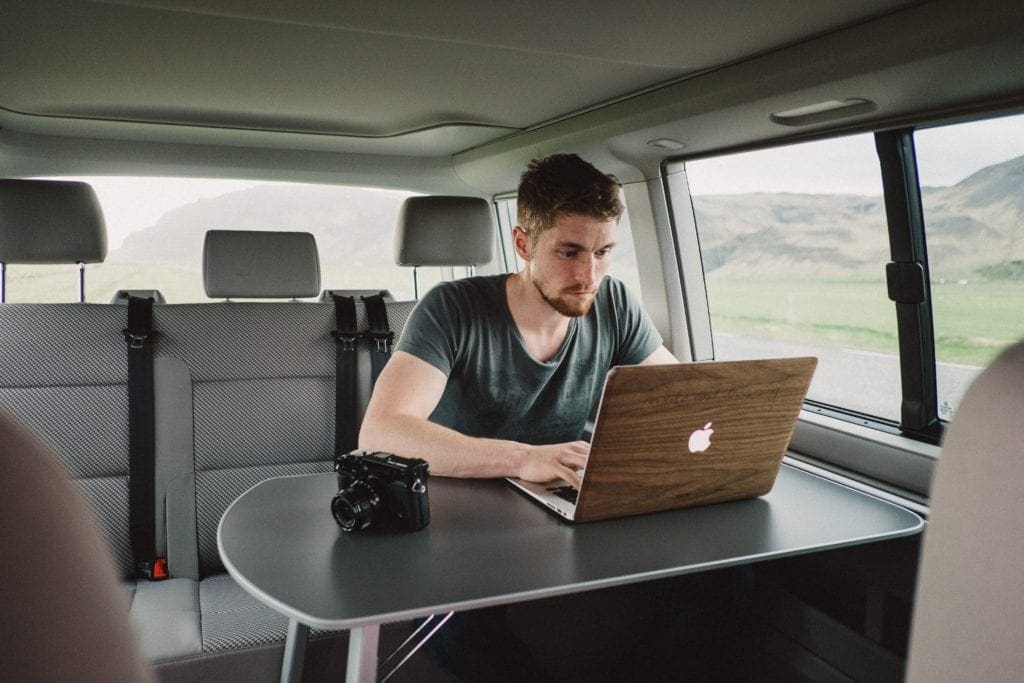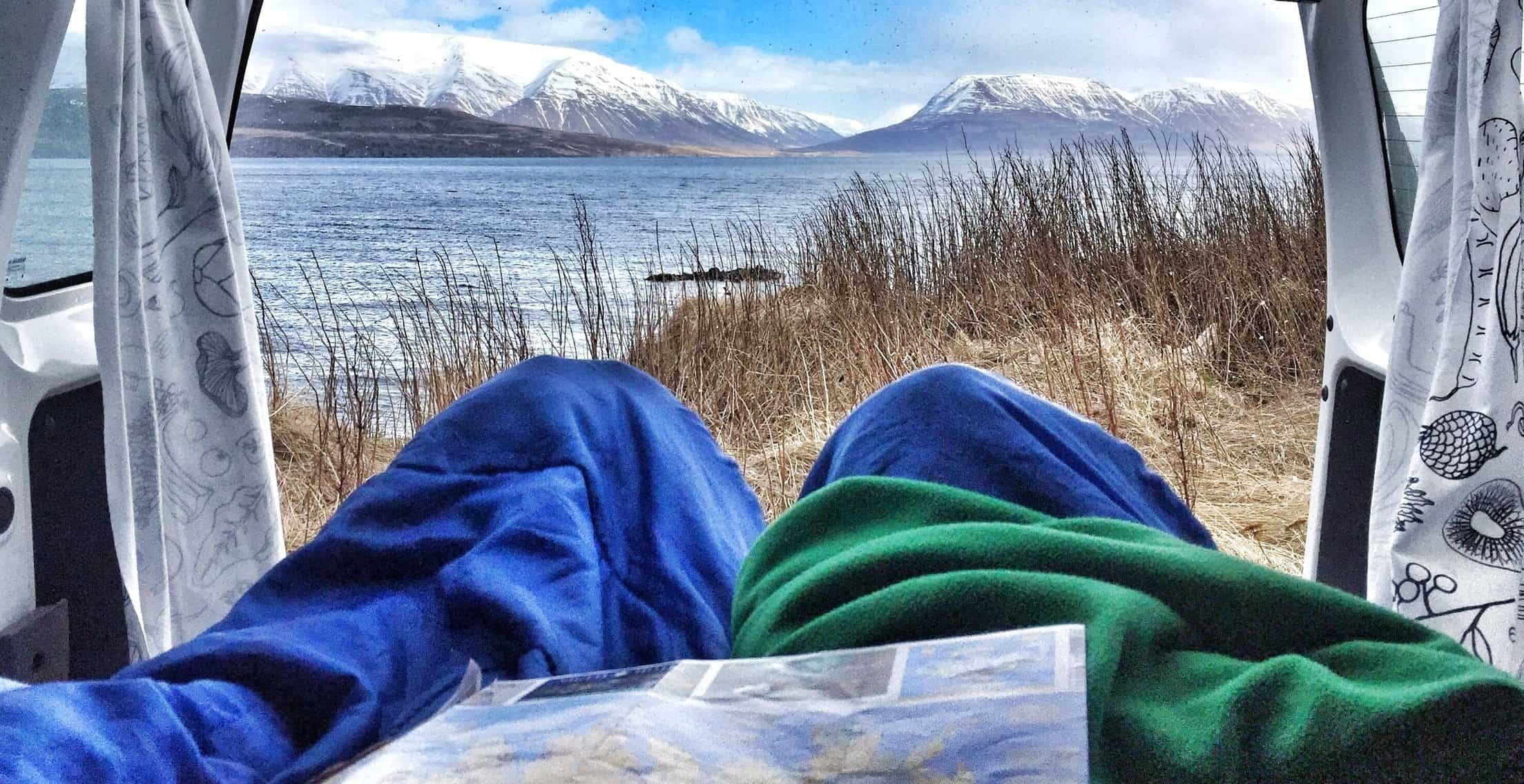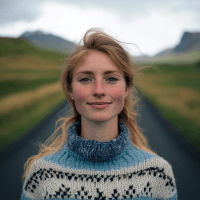When planning an Iceland trip and you want to explore the island in a camper, it can be overwhelming to put together an itinerary for the days you are here. There is much to see and each area of Iceland has different things to offer. Here is a compilation of the travel guides we have written, you’ll find distances, places, GPS coordinates and interactive maps.
If you’re reading this, you’ve probably decided you want to travel to Iceland and expect to get the most out of your trip.
Well, you’re in luck – Iceland is one of the most fascinating places in the world! There are activities and sights to keep you busy for weeks. In this Iceland travel guide, you’ll find everything you need to know to plan a memorable trip.
Ready to get started? Let’s dig into the subject of Iceland travel below!
Best Cities to Visit
Although people are initially drawn to Iceland because of the pristine nature and stunning sights, the cities and culture can be just as interesting.
Any experienced Iceland guide will tell you to begin with Reykjavik, the central hub of the entire country. This the starting point for many of the most popular tours that you can take part in. Reykjavik hosts a range of cultural and music festivals throughout the year and has a vibrant culture and nightlife. Not to mention the city has a vibe that can match many of the better-known European destinations.
If you’re looking for something a bit smaller, any Iceland travel book will likely include a suggestion of visiting Akureyri. Better known as the capital of the north, it’s renowned for its stunning fjords, rich fishing tradition, and many fascinating local festivities throughout the year.
Húsavík is another small town that’s a must-have on any Iceland tourist guide. It’s the prime place to spot whales not only in Iceland, but in Europe as well.
Best Natural Wonders to See
If there’s one thing you can be sure of when visiting Iceland, it’s that the natural wonders will create memories that last a lifetime. So, in this Iceland visitors guide, let’s explore a few of the most famous attractions.
The main attraction is the Northern Lights, a unique natural phenomenon that brightens up the night skies of Iceland.
But if you visit during the summer, unfortunately, you won’t get to see them in action. Instead, you will get to experience another unique phenomenon, the midnight sun. Enjoy daylight at all times of the day because the sun never fully sets.
Since it’s a Nordic country, no Iceland travel guide would be complete without the inclusion of the picturesque glaciers and crystal blue ice caves. Be sure to add that to your must-see list as they have mesmerized people for generations.
Finally, Iceland guides will insist you take a dip in the geothermal pools, which provide naturally-warm waters year-round.
Best Food to Try
Your visit to Iceland wouldn’t be complete without enjoying its unique and vibrant cuisine. Let’s discuss the exciting foods you should try.
One of the most popular foods is Skyr – a dairy product that’s quite similar to yogurt. It is low in fat, high in protein and has a subtle taste. It has been a part of the Nordic tradition for more than a thousand years making it one of the island’s oldest known foods.
Prefer something more exotic and aren’t afraid of unusual flavors? Try out Hakarl, a traditional fermented shark meat dish. Although, modern-day Iceland people rarely eat it regularly anymore. Trust us, this is only for the adventurous.
As you might imagine, since Iceland is known for its fishing traditions, many of their dishes revolve around fish as well. A great example to taste is Plokkfiskur, a fresh fish mash made with potatoes and onions.
Best Time to Visit
Iceland attracts tourists all year round, but our free Iceland travel guide book provides a complete picture. Your experience is determined by the season you choose to visit. A summer trip to Iceland versus a winter trip will be distinctively different.
During the summer, you can experience the midnight sun, go whale-watching, and travel to the most remote parts of the island.
However, if you visit during the winter, you’ll have just a few hours of daylight per day. By the way, many of the rural roads will be closed. Yet, there are still a lot of things to do.
Throughout the winter, you can enjoy the most stunning views of the Northern Lights. Plus, you won’t have to rub elbows with the scores of tourists often present during peak season.
For spring or autumn trips, you can sometimes get the best of both worlds. Enjoy fewer crowds while getting the full breadth of what Iceland is all about.
Rent.is
Iceland has such a diverse range of activities and places to visit. It would be almost impossible to fit them all in a single Iceland travel guide. Yet, this article should give you the basics of what you need to know to plan your trip.
However, one thing you still need to consider is transportation. Our Iceland camper rentals allow you to set the pace at which you want to travel. Book yours today or contact us for more information!
The Ring Road Travel Guide
The Ring road is the one road that goes all around Iceland. It doesn’t go into fjords on the East side nor does it go around the peninsulas of the North, The Westfjords and Snæfellsnes. This guide contains information, distances and an interactive map to help you navigate around it and know where many of those interesting places are to be found.
 South Iceland Travel Guide
South Iceland Travel Guide
South Iceland is the most traveled part in Iceland and no wonder. It’s close to Reykjavik and most places is very easy to access. Also, the biggest attractions are close to Reykjavik like Strokkur (Geysir), Þingvellir National Park and Gullfoss. This guide is full on information about traveling in the south part of Iceland. For more detailed information about the biggest attractions, see the travel guides below. When venturing outside the Ring road, you will see amazing places and this guide is to help you find them!
The Golden Circle Travel Guide
This trip is on the south side, Starting and ending in Reykjavik. It takes you to places like Gullfoss, Brúarfoss, Geysir, Þingvellir and other interesting places. Here is a guide to help you avoid the crowds and discover places where the tour buses doesn’t stop.
There is also information about the different campsites along the way.
 Jökulsárlón Travel Guide
Jökulsárlón Travel Guide
This guide has all the information about Jökulsárlón located on the south side. This glacier lake is not only beautiful to visit, it is also now the deepest lake in Iceland and it becomes deeper and deeper for each year.
There are no campsites adjacent to the lake but there are one on each side of it. The closest one being the one in Skaftafell.
 East Iceland Travel Guide
East Iceland Travel Guide
East Iceland is full of beautiful fjords one misses if you only stay on the Ring road. There are plenty of charming little fishing villages and all of them have campsites. And, according to this editor, one of the most beautiful rides in Iceland. A stunning mountain road zik-zagging up while behind you, the view over a black sand beach gets to be more and more amazing. During summer, most of these villages also host all kind of festivals so check out “Festivals in Iceland” to find out more.
 North Iceland Travel Guide
North Iceland Travel Guide
The Northeast of Iceland is the most remote area in the country. There are not many villages and the coastline is rugged and harsh but the beauty infinite. It’s profound feeling looking north to the Greenland sea knowing that up there, there is nothing but ice and the north pole. The beaches are littered with driftwood from Siberia and the sea can be full of seals. This guide contains info for all the peninsulas in the north part.
 Westfjords
Westfjords
Only 14% of all tourists coming to Iceland visits the Westfjords. It’s a stunning area with deep fjords, high mountains, hot springs and charming villages. Not to mention a few huge beaches and of course, Látrabjarg, Europe’s most western point and that hosts a HUGE Puffin colony. Our travel guide has all the vital info on where to drive, campsites and anything to make your vacation an unforgettable one.
 Snæfellsnes peninsula
Snæfellsnes peninsula
Snæfellsnes has often been called little Iceland for it has almost everything Iceland has to offer. The south side has huge beaches, interesting places to visit, historical sites and absolutely astounding views. The north side has a string of villages, high mountains and Iceland’s most photographed mountain, Kirkjufell. All villages has campsites and there is plenty of things to do and see. Why not take the ferry to Flatey for a a day?

Westman Islands
The islands is a group of 15 islands but only Heimaey is inhabited. You can easily sail to Heimaey and bring your camper van and enjoy the island on your own. The south part of the island has Europe’s biggest Puffin colony. You can also walk around the ruins and experience what the big volcano eruption in 1973 did to the island. There is also an excellent museum telling the stories in a modern way. There is a lot of activities there like different types of boat rides, Sprangan and bird watching, to name a few. This travel guide highlights the biggest attractions including information on how to reach the islands.
 The Highlands
The Highlands
With the addition of the 4×4 Camper rental, you can now explore the highlands or rather, get a peek of the highlands for, by far, the bigger part of the highlands is only possible to explore in the biggest 4×4 vehicles or by foot (or bicycle).
If you do decide to explore the highlands, make sure you fill in your details at SafeTravel.is so they know where you are if something would happen. The highlands is not a dangerous place as long as you use your head and drive carefully.
 National Parks
National Parks
There are three national parks here. The biggest one is Vatnajökull national park that stretches from the south all the way north. Þingvellir, close to Reykjavik and that is where you find the place where the first democratic parliament was formed and Silfra. The Snæfellsjökull national park on the tip on Snæfellsnes peninsula. The only national park you can’t camp in in a camper bu there are campsites both on the south and north side of it.
 Hot springs
Hot springs
If there is one thing most tourists wants to experience when coming to Iceland, we have to guess it’s one or more of our many hot springs we have scattered all over Iceland. The ones with the easiest access is also the ones with the biggest crowds while the ones requiring a hike, maybe even a handheld GPS are the ones you are highly likely to have all to yourself. This travel guide has info on many of the easier ones to find and a few that requires a little hike but none of them requiring you to be a hard core hiker to reach.
Northern lights – Aurora Borealis
Northern lights is also another thing everyone wants to see and experience. Come late August, we usually are getting reports of Northern lights sightings and we might see them until the days starts to get longer again in maybe March or even into April. This guide will help you to increase the chances of seeing the light when you are here in the right time.

 Black sand beaches
Black sand beaches
One of the unique features in the Icelandic landscape are the black sand beaches we have as there are not many in the world. Iceland has them all around Iceland with the most famous one being just east of Vík. There are others too and here is a guide to help you find a few of them. This list is far from comprehensive as there are small black beach to be found in many places.
 Waterfalls
Waterfalls
Another very prominent feature in Iceland are the waterfalls. There are so many, we doubt there is a comprehensive list with all of them. You will see them by just driving the Ring road for they are everywhere. Here is a list of the more famous ones we have with information how to get there.
Waterfalls are also fantastic to see during harsh winters when water freezes around the falls but tread with care as the water can create very slippery conditions.
 Festivals
Festivals
When you are camping around Iceland, there is a big chance you will come across one of the many festivals villages hosts every year. Of course summer is the biggest season for that when you can eat & lobster free in massive amounts or maybe you want to play football (soccer) in deep, deep mud? Music festivals is a big thing too and can be found for different genre.
 Fishing
Fishing
Many have fishing in Iceland on their Bucket list but a deterred by the exuberant prices but it doesn’t have to be expensive. There are so many lakes, an even occasional rivers one can fish for a fraction of the price of a Salmon river.
Here is how you can do that and information about what you need to do when you arrive in Iceland with your fishing gear.
Ferries
There are many ferries you can use here. The biggest one is of course the ferry that comes here from Denmark. There are others too we recommend like the one going between Snæfellsnes and Westfjords (the one to the left). Or the ferry that takes you to the Westman islands. Here is a complete list of all the ferries you’ll find in Iceland.
 Swimming
Swimming
There is hardly a town or a village in Iceland that does not have a swimming pool. Not only are they warm and nice, it also makes them perfect for keeping clean. Most of them usually hot tubs too and it’s always a perfect ending on a day to relax, get clean and enjoy the facilities before tucking into you cozy camper for the night. But please, follow the etiquette, the custom in the pools. You can read all about it here in our info blog about swimming in the pools here.
 The Diamond Circle
The Diamond Circle
While south Iceland has their Ring road, the north version is the Diamond Circle. It’s the perfect route to take when you are camping by Lake Mývatn. You can either take the larger one or the smaller one. In length, there is not a huge difference and is more of a question on which side you want to view Dettifoss and if you want to include Goðafoss in the trip.
 Villages along the Ring road
Villages along the Ring road
When driving the Ring road, you will pass many villages along the way. A few of them has over a thousand inhabitants while many only around a hundred. To find out more about the villages you pass, where you can camp in your camper van, what services are provided and emergency numbers for non emergency medical aid in all those villages that has it.
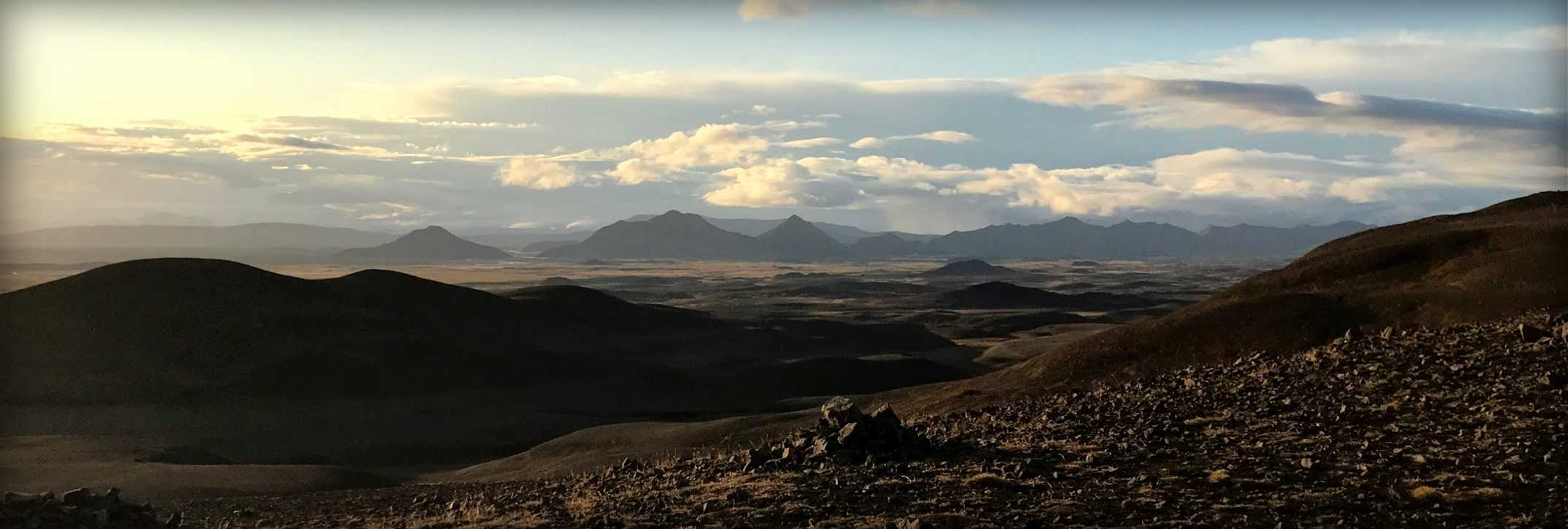
Reykjanes Travel Guide
Reykjanes is a peninsula too many misses while traveling around in Iceland. Maybe it’s because Keflavik airport is found there and it feels too close. Whatever reason, Reykjanes has so much to offer. Absolutely stunning nature. Sometimes desolate, sometimes very raw and powerful, full of mysteries and beauty. There are many places you can camp in your camper van too.
The fewer days you have here, more important it can be to prepare a little bit ahead so you can get to enjoy whatever it is you really want to see or do. This list will be updated with every guide we will write so keep this one bookmarked so you can have this Iceland guide handy at all times!
Campsites in Iceland
This travel guide contains, by far, the most comprehensive interactive map with all known camping grounds in Iceland, both seasonal and winter campsites. With your help, we will keep this map as up to date as possible at all times. If you have any information you want to share about news of a campsite, please send your information to [email protected] and we will add or remove anything of importance for any campervanner.
Have a fantastic trip! #WohoCamper
If you like what you see, please subscribe to our YouTube channel!


